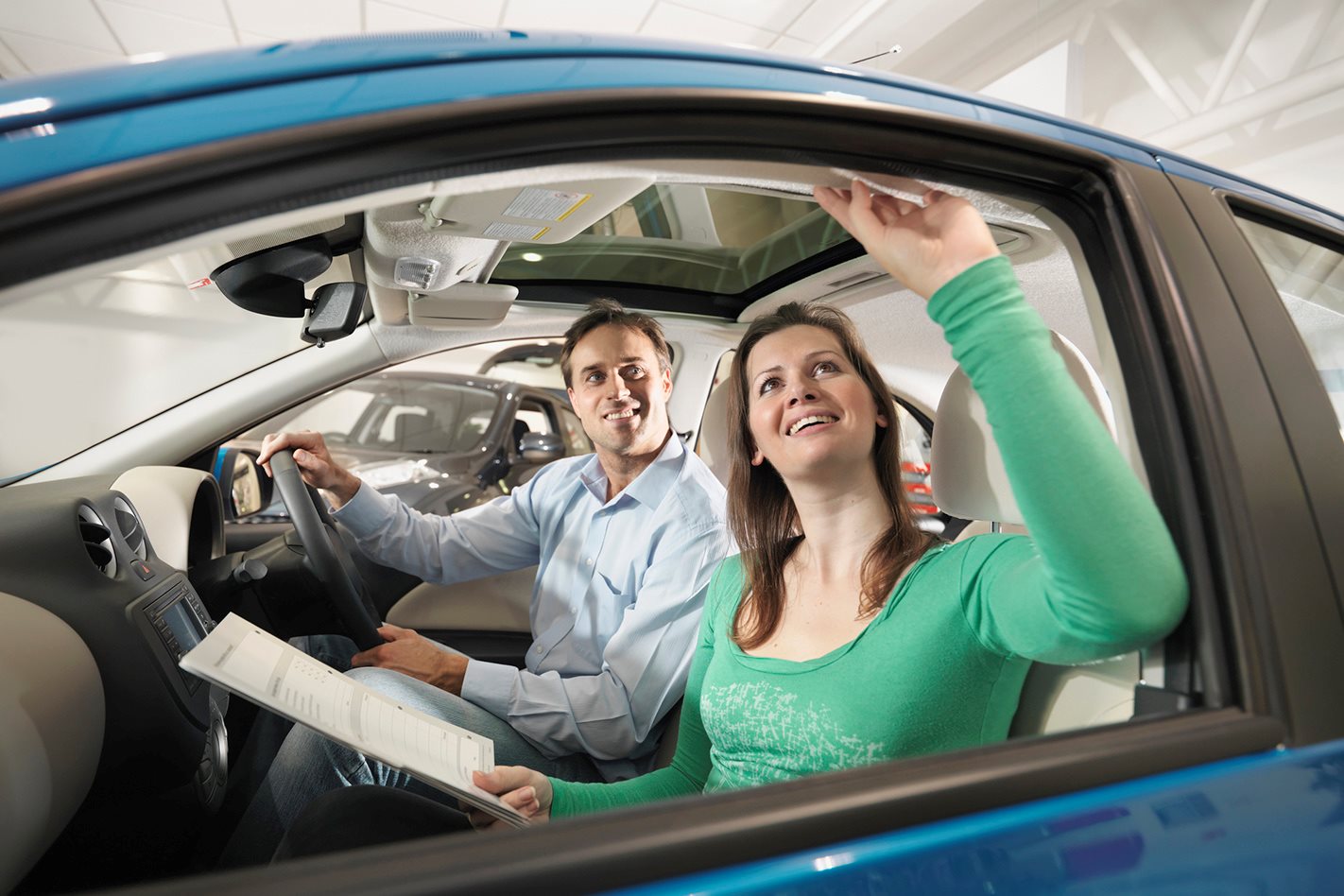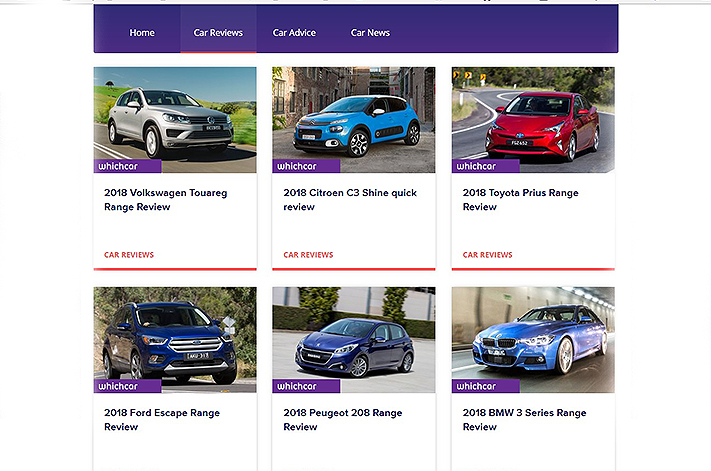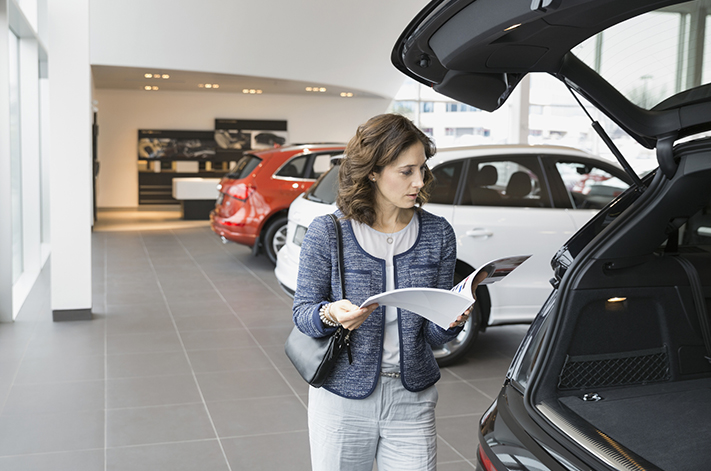
Buying a new car often results in conflict between your heart and mind.
There’s often a big difference between what you want and what you need or can afford. That doesn’t mean you shouldn’t buy an enjoyable car, just make sure it suits your needs and budget so there are no regrets later on.
| How to choose your first car
Once you’ve settled on the type of car it’s time to compare brands and models. Even if you’re rusted on to a certain brand, checking out other carmaker’s products could surprise.
The best thing you can arm yourself with throughout the whole choosing and buying process is knowledge. Get your choices down to a short list and compare them by reading motoring reviews, value reports, ANCAP safety ratings, and customer satisfaction reports. Word of mouth is good, though some owners are quite biased toward their chosen ride.

Once you’ve narrowed down your choices, head to a showroom and spend some time getting in and out of the car, ask the salesperson about how things work and go for a test drive making it clear you’re still shopping around.
CHOOSING THE RIGHT CAR
- Work out your budget and stick to it – include finance repayments, insurance, maintenance, and running costs
- Determine the mission your new car will mostly carry out?
- Think about the size you’ll regularly need?
- Combine your needs with the preferred style of vehicle
- Find out what equipment and safety features come as standard and what you’d need to pay more for
- Research is your friend and will help avoid disappointment and potentially save a lot of money
- You’ve used your head, now that you’ve narrowed things down to two or three comparable models give let your heart help you decide.
AT THE SHOWROOM
- Remember pros and cons you’ve read about in reviews during your research and see how they’ll affect you.
- Interior features – look for what you like, what might bug you and don’t forget to consider backseat passengers. If you have kids brig them along, you’ll be amazed what they notice back there.
- Check seating comfort, position and adjustment – check lower back and under thigh support, and make sure the driver’s seat can go low or high enough

- Entry and exit – do doors open wide enough? Is it easy to climb in and out, do you hit your head? Such considerations are particularly important with for tall folk, or children and older people.
- Check boot space and cabin storage
- Upholstery and other materials – will they go the distance with kids or if you use the car for work?
- Infotainment features and usability (ask the salesperson to demonstrate and sync your phone).
THE TEST DRIVE
The good thing testing new cars is you’re not really looking out for mechanical issues meaning it’s all about how you feel about the car itself.
- Again, Remember pros and cons you’ve read about in reviews during your research and see how they’ll affect you.
- Before you get to the caryard, check out a map and identify different kinds of roads in the area. Don’t just drive around the block. Find some bends and try and get on a freeway.
- Try bringing someone with you to sit in the back seats. Is there adequate ventilation, is it easy to see out the side and front, is there adequate under thigh support, does it feel stable back there through bends?
- If driving quicker than 80km/h listen out for wind, road or tyre noise.
- Crank up the sound system to see how it stacks up amidst the driving din
- If it’s a manual check if gears feel smooth and fun to use – if they don’t you might not necessarily get used to it.
- If it’s an auto, make sure you know what kind of transmission it is as they have different characteristics. Detailed car reviews should provide an idea of what to expect.
- Feel how the car rides over bumps. Is it too harsh, or is it too soft meaning you get secondary bounce?
- Most importantly, do you feel happy driving this car, and do you think you’ll feel happy driving it in 12-months’ time?
SEALING THE DEAL
- Research is particularly important here. If you know the car’s price and features you’ll avoid the long sales pitch and be on the front foot when it comes to securing a deal.
- Know your budget and don’t try and be swayed into options or after-market products you don’t need.
- Decide what you want to spend and declare that. Don’t ask the salesperson how low they’re prepared to go because they won’t go there.
- Be realistic about the price you’re asking and the deal is more likely stress free – five to 10 percent off the on-road cost is a reasonable start.
- If you’re not comfortable with negotiating wait for sales events where you’ll often avoid on-road costs and score extra equipment.




